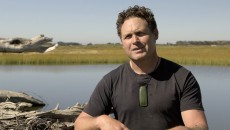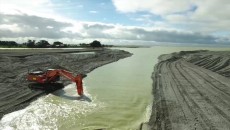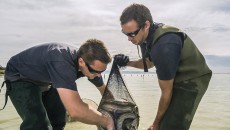Te Waihora/Lake Ellesmere is a coastal lagoon (shallow, brackish coastal lake-lagoon) significant for its cultural, ecological and economic values.
In 2012 Te Rūnanga o Ngāi Tahu and the Canterbury Regional Council (Environment Canterbury) came together to agree on a shared commitment and responsibility to restore and rejuvenate the mauri and ecosystem health of the lake and its catchment.
Selwyn District Council, Christchurch City Council and the Department of Conservation Te Papa Atawhai have since joined the Co-Governance Group. This is a voluntary partnership, with half of the Co-Governors representing mana whenua interests and half representing local government and the Crown.
Mā whero, mā pako; ka oti ai te mahi.
The task shall be achieved through unity.
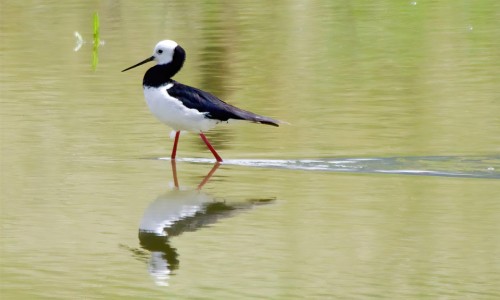
“An oasis of water and life.”
For Māori, wai/water is one of the most precious taonga. It is the life giver, a source of food and physical sustenance, as well as spiritual nourishment. It is central to the culture, traditions and ongoing identity of iwi.
For Ngāi Tahu, Te Waihora has outstanding significance as a tribal taonga, representing a major mahinga kai/food resource and an important source of mana. For generations it sustained tangata whenua, its waters offering ample tūna/eel, īnanga/whitebait, and pātiki/flounder, its shores abundant with birdlife and its plants a vital source of wellbeing and materials.
Latest News
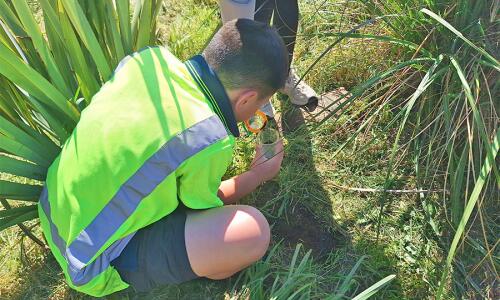
18 Dec 2025
School students take action to protect Te Repo o Papatahora wetland
Te Rōhutu Whio students restore Te Repo o Papatahora wetland, planting natives and learning kaitiakitanga alongside rūnanga and restoration partners.
Learn more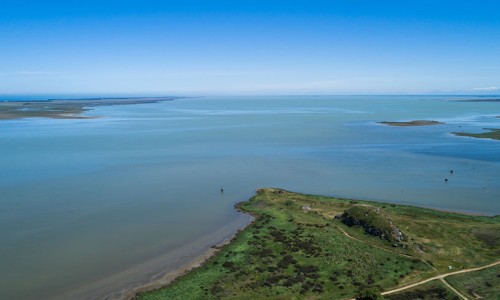
20 Aug 2025
“A lot of great mahi” to restore Te Waihora
Collaborative partners work to restore Te Waihora/Lake Ellesmere’s health, biodiversity & cultural values, seeking new allies to achieve shared vision.
Learn more
History of the lake
As the ecological and cultural backbone of the region, the story of Te Waihora/Lake Ellesmere is long and diverse.
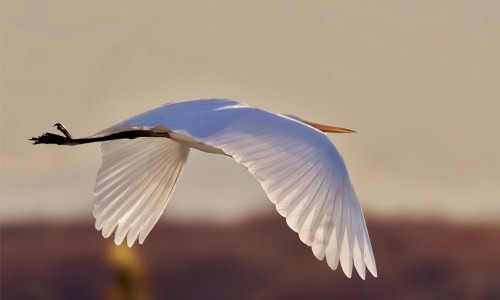
Te Waihora also has recreational and commercial importance
The lake is great destination for a range of recreational activities, like walking, cycling, bird watching, photography, fishing, hunting, and boating. It is also significant for the yield from its productive aquatic ecosystem.
Whakaora Te Waihora
Te Waihora/Lake Ellesmere is a coastal lagoon (a shallow, brackish coastal lake-lagoon). It is the largest in Waitaha Canterbury, fifth largest in Aotearoa/New Zealand, and an important wildlife area both nationally and internationally. Whakaora Te Waihora is an extensive ecological and cultural restoration programme underway now. Watch the video to learn more about one of the significant projects - Whakaora Te Ahuriri, a constructed wetland aiming to improve water quality, biodiversity and mahinga kai values.
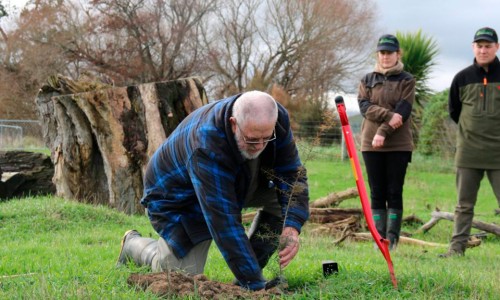
What does the future hold?
Mana whenua have been working for generations to restore the mana of the lake. Many organisations have also played their part. The Whakaora Te Waihora programme under Co-Governance is a significant step forward, and could lead the way in environmental restoration to become a blueprint for the future.
Key focus areas and outcomes of Whakaora Te Waihora include:
- Improving in-lake habitat
- Lake level management
- Protecting lake-shore habitat
- Restoring lowland tributary streams and riparian habitats
- Restoring and enhancing specific cultural sites and mahinga kai
- Improving catchment management practices
- Monitoring and investigating to help promote adaptive management
Mō tātou, ā, mō kā uri ā muri ake nei
For us and our children after us.
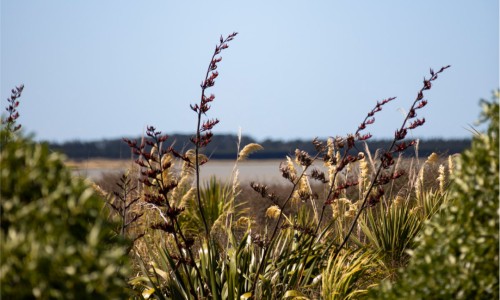
"This is definitely a start for us to try and right the wrongs that were done in the past."
Simon Manson, Farmer and Ahuriri Lagoon Steering Group member


